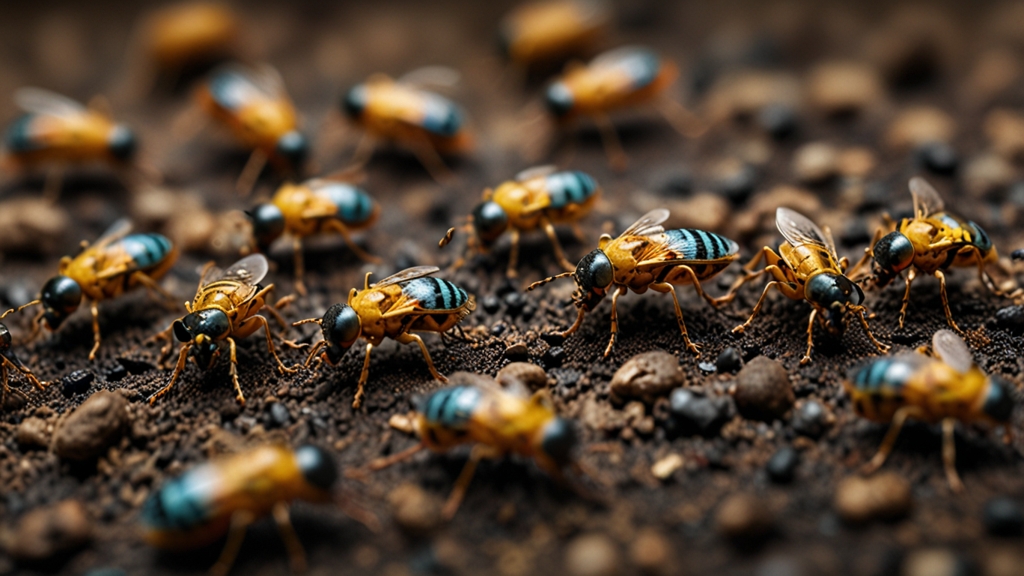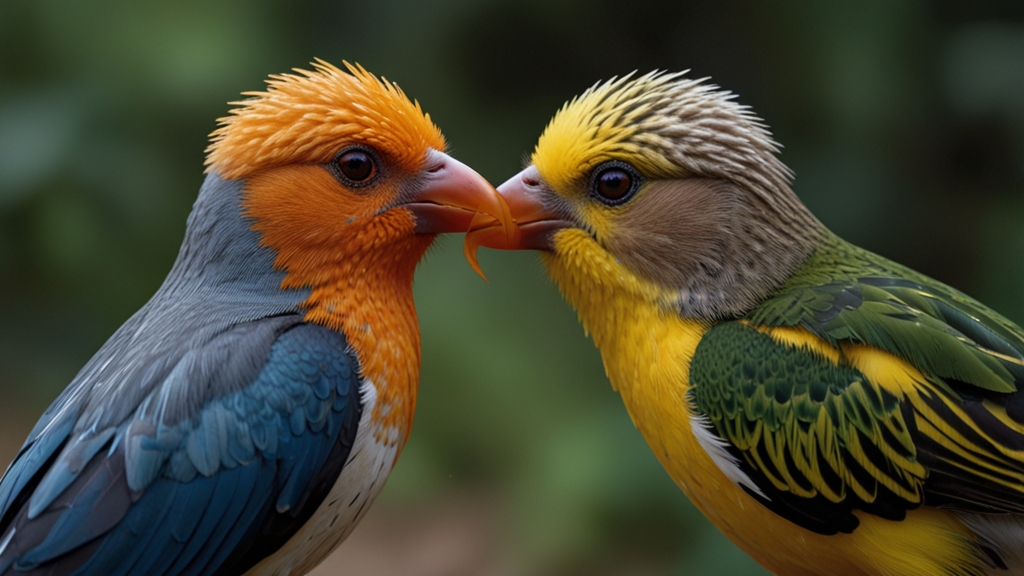Tiny Terrorists: The Insects That Are Spreading Disease Worldwide
When we think of global threats, images of natural disasters, climate change, and geopolitical conflicts often come to mind. However, there's another category of menacing forces that continue to wreak havoc on human health: disease-carrying insects. These "tiny terrorists" are vectors that transmit illnesses to millions of people annually, causing widespread suffering and economic burdens.
The Major Culprits
Mosquitoes: The Deadliest Insects
Mosquitoes are perhaps the most notorious disease vectors. At the forefront of their deadly arsenal are species like Aedes aegypti, which spread Zika virus, dengue fever, and chikungunya; Anopheles, the primary vector for malaria; and Culex, responsible for West Nile virus transmission. The widespread distribution of these diseases is largely due to the global mobility of people and goods.
"Mosquitoes have been excessively successful in expanding their habitats due to climate change and globalization. Their ability to adapt to urban environments makes them even more dangerous." - Dr. John Smith, Entomologist
Ticks: Silent Killers
While mosquitoes often take the spotlight, ticks are responsible for a range of diseases just as deadly. Lyme disease, spread by the black-legged tick, is the most well-known, but other serious illnesses like Rocky Mountain spotted fever and babesiosis also pose significant risks. Ticks thrive in warmer climates, meaning global warming is contributing to their expanding habitats.
"Ticks are extremely resilient and their life cycles make them difficult to eradicate. They can transmit multiple pathogens simultaneously, making diagnosis and treatment more complex." - Dr. Jane Doe, Epidemiologist
Global Spread and Impact
Climate change plays a pivotal role in the increasing reach of these disease-spreading insects. Warmer temperatures expand the habitable zones for mosquitoes and ticks, leading to higher incidence rates in regions previously unaffected. Furthermore, urbanization, deforestation, and poor waste management all exacerbate the problem by creating ideal breeding grounds for these vectors.
The economic impact is equally alarming. Aside from the obvious healthcare costs, there's a substantial economic burden from lost productivity, both directly from infected individuals and indirectly from caretakers. Developing countries often bear the brunt of these diseases, facing challenges in both prevention and treatment.
Prevention and Control
Efforts to combat these tiny terrorists are multifaceted. In the case of mosquitoes, vector control methods such as insecticide-treated nets, indoor residual spraying, and removal of standing water sources are standard practices. Public education campaigns also play a critical role in reducing breeding sites and encouraging protective behaviors.
For ticks, personal protective measures like using insect repellents, wearing long sleeves and pants, and conducting regular tick checks are crucial. Environmental controls, such as managing wildlife hosts and deploying acaricides, are also employed to reduce tick populations.
"Integrated vector management and international cooperation are the keys to mitigating the spread of these diseases. Strong surveillance systems and rapid response mechanisms can make a significant difference." - Dr. Emily White, Public Health Expert
Conclusion
The threat posed by disease-carrying insects is both immediate and widespread. With climate change and global mobility facilitating their spread, the need for effective control measures and international cooperation has never been more critical. As we strive to combat these tiny terrorists, a combination of scientific innovation, public health initiatives, and environmental management will be essential in reducing their deadly impact.









